The Northern Territory Government wants its people to emerge from COVID-19 with an even sunnier aspect on energy — more solar generation, greater reliability of supply and lowered emissions as the jurisdiction tracks towards its target of 50% renewable electricity supply by 2030.
In a joint announcement on Friday by NT Chief Minister Michael Gunner, and the state’s Minister for Renewables, Energy and Essential Services, Dale Wakefield, the Territory Government pledged a total of almost $31 million for a grid-scale battery storage system and to support further uptake of solar and battery systems among households and businesses.
“Doing whatever it takes to save lives from Coronavirus means throwing the kitchen sink at saving jobs and preparing the Territory for the rebound,” said Gunner in a statement; “I’m backing Territorians, solar and lower prices to get it done.”
The Territory will procure a $30 million battery energy storage system (BESS) in coming months with the dual aims of managing fluctuations in the Darwin- Katherine grid caused by increasing levels of behind-the-meter solar in the Territory; and reducing carbon emissions by replacing in part the need for gas-fired spinning reserve.
The BESS installation is expected to be complete in the second half of 2022, and resulting reductions in gas needed to provide spinning reserve in the Territory’s electricity system are expected to save around $6.4 million per annum, and will also reduce emissions by some 50,000 tonnes each year.
Keeping some solar for later
Battery installation will also be supported on the currently locked-down home front, where the NT Government wants to reduce household energy costs by enabling residents to sock solar away during the day, for use in evening peak times.
It is offering $6,000 grants for home and business owners to install solar PV systems with batteries of 7 kWh capacity or more and approved inverters; or for battery-plus-inverter purchase by those already basking under rooftop solar.
The new scheme, which will be capped at around $800,000, is calculated to support purchase of some 130 systems, and the offer to support battery purchase will replace battery subsidy under the existing Home Improvement Scheme and the Business Improvement Grant.
While installed systems currently attracting the Territory’s premium one-for-one feed-in tariff (FiT) for solar exported to the grid will continue at that rate; new systems of up to 30 kW purchased under the scheme just announced will receive an FiT of 8.3 cents per kWh from Jacana Energy.
The Territory Government says this new scheme will be funded by savings achieved by reducing the FiT on new systems.
Its availability commences on Tuesday April 14 — extending the Easter hunt into the attic, garage, or wherever Territorians decide to install their batteries.
BESS-practice applications
Minister Wakefield said in her announcement, “We want Territorians to have access to the latest and best technology as we build a stronger and more resilient power system for Territory households and businesses.”

Photo: Dale Wakefield
The Territory intends using the grid-scale BESS to test capacity for big batteries to deliver a range of power-system services, such as fast frequency response and “emulated inertia” — that is, although batteries cannot provide actual inertia, they can respond as quickly as a fault in the system can be detected, quickly ramping up to full power to stabilise electricity supply.
Depending on the performance of its BESS in response and stabilisation, the Territory will subsequently consider offering such services to large-scale solar farms, to reduce the cost of supplying renewable energy in the NT.
The use of cheaper emerging battery technology, said the Ministers’ statement, “could place the Territory in a leading position to achieve the 50% by 2030 target”.
This content is protected by copyright and may not be reused. If you want to cooperate with us and would like to reuse some of our content, please contact: editors@pv-magazine.com.

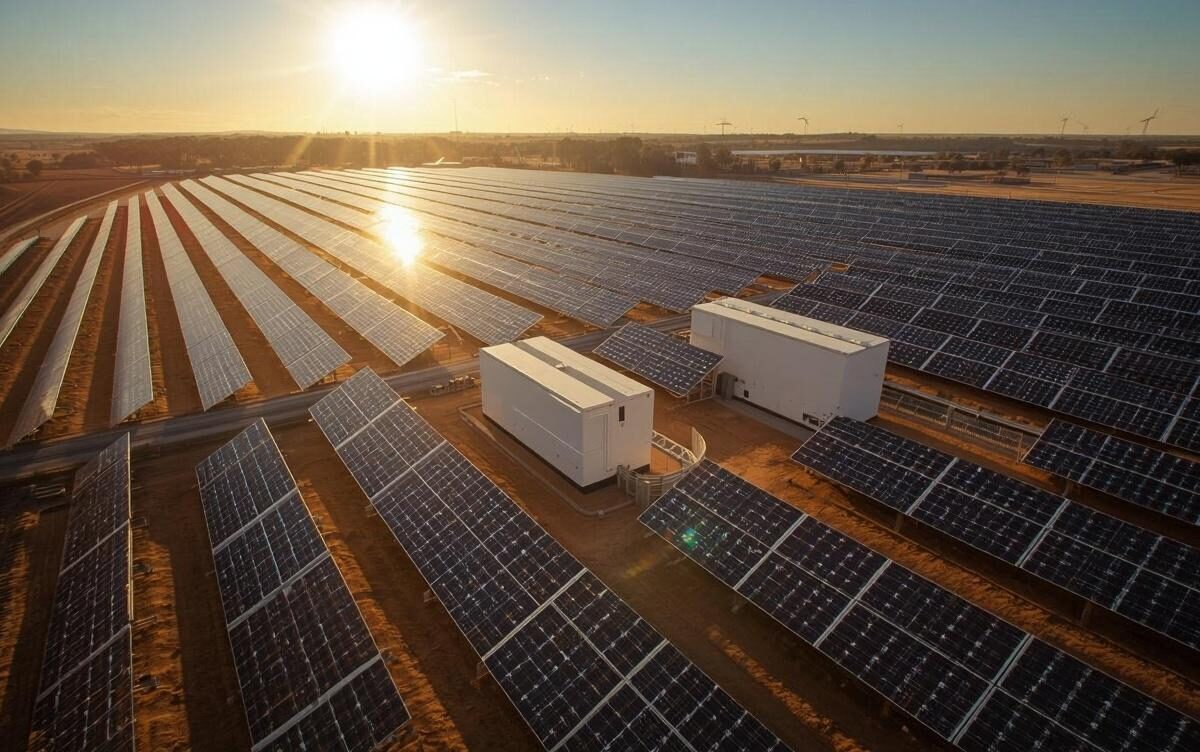


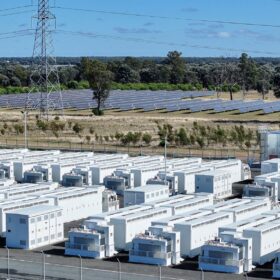

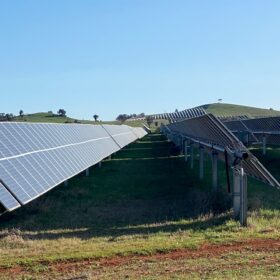
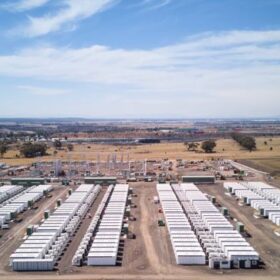
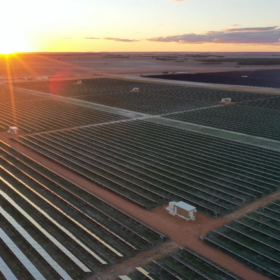
“The Territory will procure a $30 million battery energy storage system (BESS) in coming months with the dual aims of managing fluctuations in the Darwin- Katherine grid caused by increasing levels of behind-the-meter solar in the Territory; and reducing carbon emissions by replacing in part the need for gas-fired spinning reserve.”
Yes, yes, yes, community aggregation of distributed solar PV systems on homes and businesses.